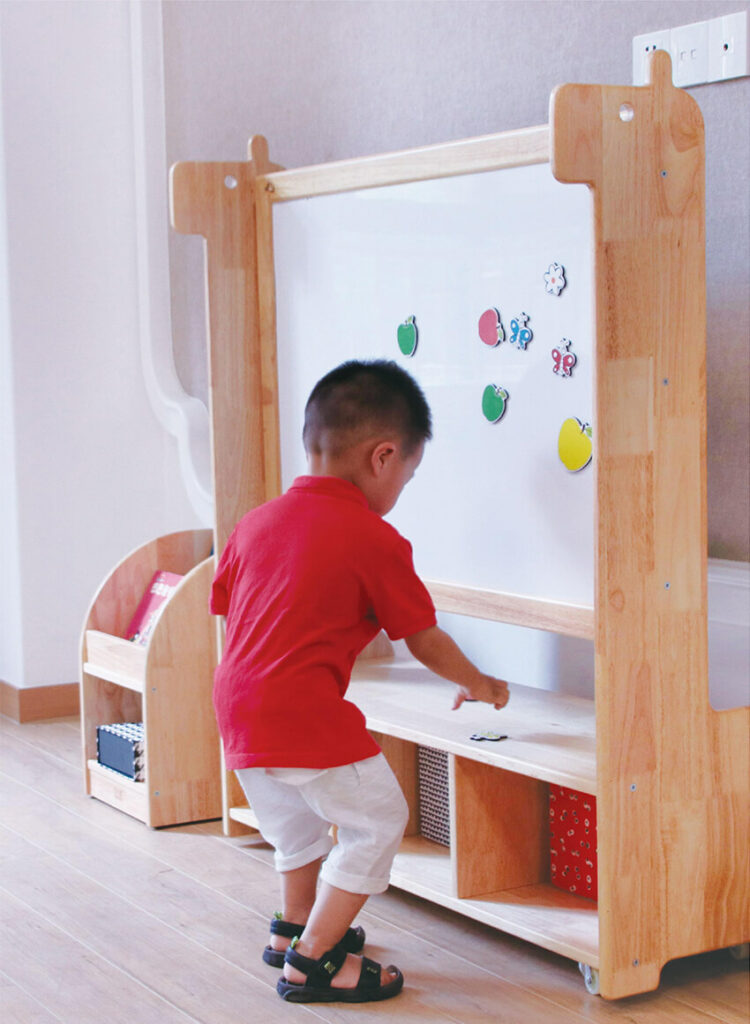Are you looking to create a productive and engaging learning environment for your students? Look no further than the Montessori approach! A well-designed classroom floor plan is crucial for creating an effective Montessori learning environment. By carefully considering the key elements of a Montessori classroom floor plan, you can ensure that your students thrive both academically and emotionally. In this article, we will explore the essential components of an effective floor plan montessori classroom layout and how they contribute to a productive learning environment. From the arrangement of furniture to the organization of materials, Ryangi will delve into the details that can make all the difference in creating a space that fosters independence, creativity, and a love for learning. Whether you are a teacher, a parent, or an administrator, this article will provide you with valuable insights and practical tips for montessori classroom decor that maximizes your students’ potential. Let’s dive in and discover the power of a well-designed Montessori learning environment!
The importance of a well-designed classroom floor plan
A well-designed floor plan montessori classroom layout learning environment that fosters independence, creativity, and a love for learning. It provides students with the freedom to move around and choose their activities while ensuring that the space is organized and conducive to focused work.
One of the key benefits of a well-designed classroom floor plan is that it allows for a smooth flow of movement. In a Montessori classroom, movement is an integral part of the learning process. Students are encouraged to move freely between activities and workspaces, allowing them to follow their interests and engage in multiple tasks simultaneously. By providing ample space and clear pathways, a well-designed floor plan enables students to navigate the classroom with ease and independence.
Another important aspect of a montessori designed classroom floor plan is the creation of distinct learning areas. Montessori classrooms typically include areas for practical life activities, sensorial exploration, language development, math concepts, and cultural studies. Each area is thoughtfully organized with appropriate furniture and materials, creating a dedicated space for specific types of learning. This organization helps students develop a sense of structure and routine, making it easier for them to focus on their tasks and engage in deep learning.
Montessori classroom floor plan furniture layout
The arrangement of furniture plays a crucial role in creating a functional and inviting learning space. In a Montessori classroom, furniture should be arranged to allow for easy movement and accessibility. This means leaving ample space between furniture pieces and ensuring that there are clear pathways for students to navigate. Furniture should also be appropriately sized for the age and height of the students, allowing them to comfortably engage with activities and materials.
Promoting movement and freedom of choice
One of the fundamental principles of the Montessori approach is promoting movement and freedom of choice. A well-designed classroom floor plan should facilitate movement and provide students with opportunities to make independent decisions about their learning.
In a montessori classroom decor, furniture should be arranged to allow for easy movement and exploration. This means avoiding clutter and ensuring that there is ample space for students to move around freely. Furniture should be arranged in a way that encourages students to navigate the classroom and choose their activities without unnecessary restrictions.
A well-designed floor plan allows students to navigate the classroom with ease, promoting movement and exploration. It also provides distinct learning areas that support focused work and deep learning. The arrangement of furniture and materials, along with the incorporation of Montessori classroom decoration, contribute to an organized and visually appealing environment that enhances the overall learning experience.
Montessori Classroom Floor Plan Ideas
When designing a Montessori classroom floor plan, several key elements should be considered to create an effective learning environment. By carefully considering the Montessori principles and incorporating them into the classroom floor plan, montessori class room decoration, and design, educators can create an environment that supports the holistic development of infants.
Arrangement of furniture
The arrangement of furniture plays a crucial role in creating a functional and inviting learning space. In a Montessori classroom, furniture should be arranged to allow for easy movement and accessibility. This means leaving ample space between furniture pieces and ensuring that there are clear pathways for students to navigate. Furniture should also be appropriately sized for the age and height of the students, allowing them to comfortably engage with activities and materials.
Organization of materials
The organization of materials is another important aspect of a floor plan montessori classroom layout. Montessori materials should be arranged in an orderly and visually appealing manner, making it easy for students to locate and use them. Open shelving units are commonly used to display materials, allowing students to see and access them independently. Additionally, materials should be labeled and grouped according to their subject or purpose, further enhancing the organization and ease of use.
Montessori classroom decoration
Incorporating Montessori class room decoration is another essential element of an effective floor plan. Montessori classrooms are known for their simple and aesthetically pleasing decorations, which help create a calm and focused atmosphere. Natural elements, such as plants and artwork inspired by nature, can be used to bring the outdoors inside and create a connection to the natural world. Soft lighting and neutral colors also contribute to a peaceful environment that supports concentration and engagement.
In conclusion

A well-designed floor plan Montessori classroom layout is crucial for creating a productive and engaging learning environment. By considering the use of Montessori furniture and materials, organizing the classroom effectively, and promoting movement and freedom of choice, you can create a space that fosters independence, creativity, and a love for learning.

